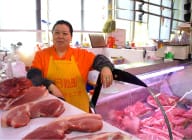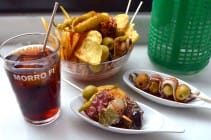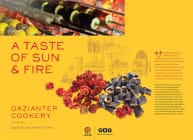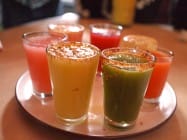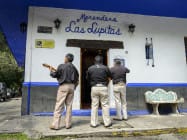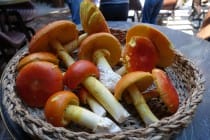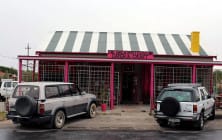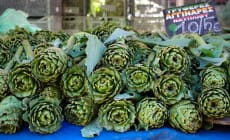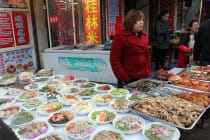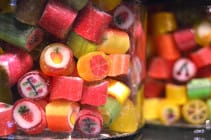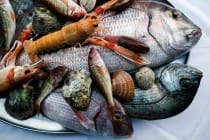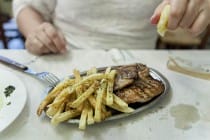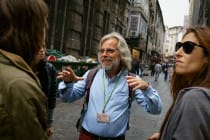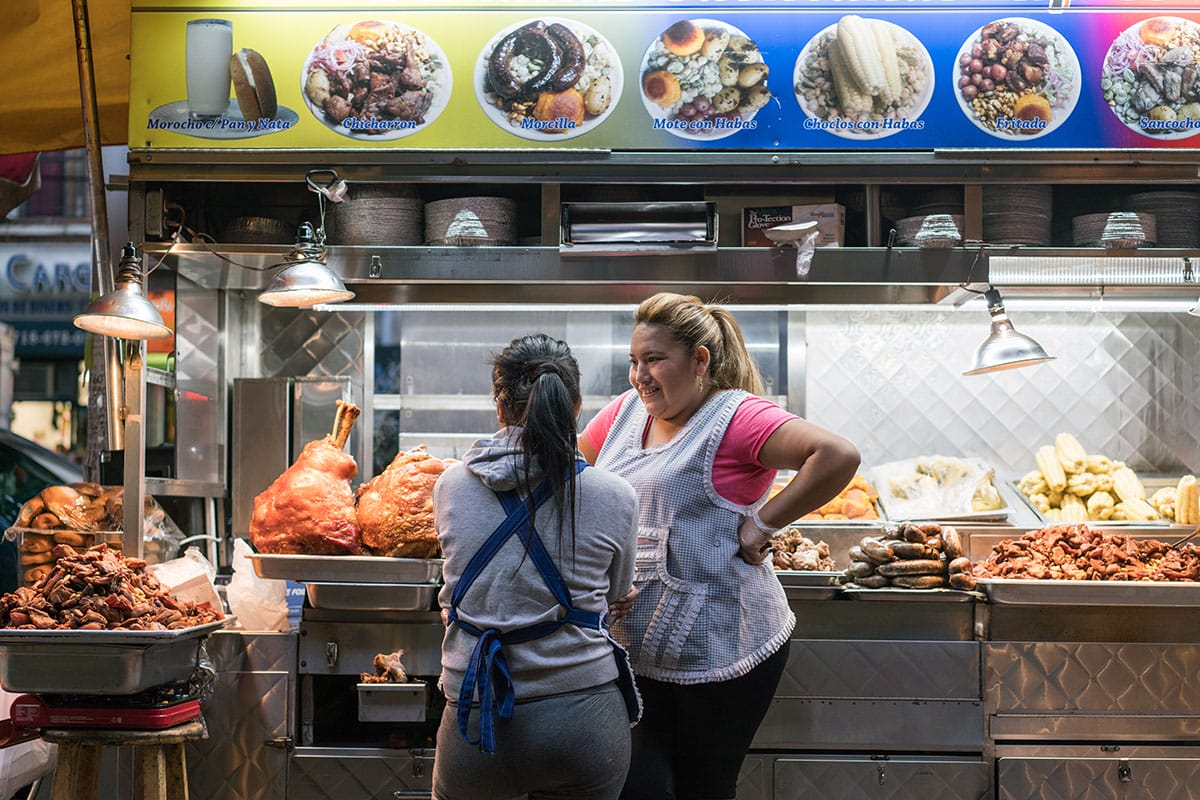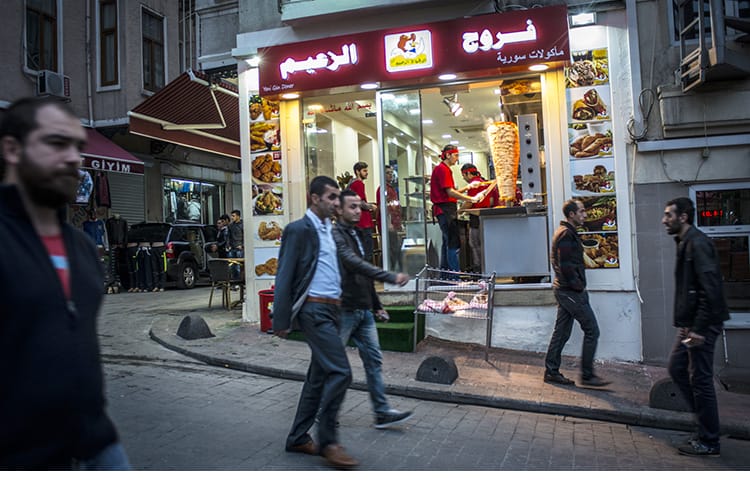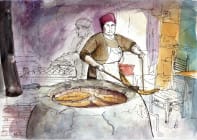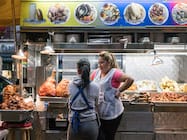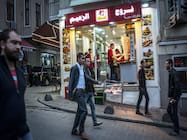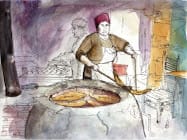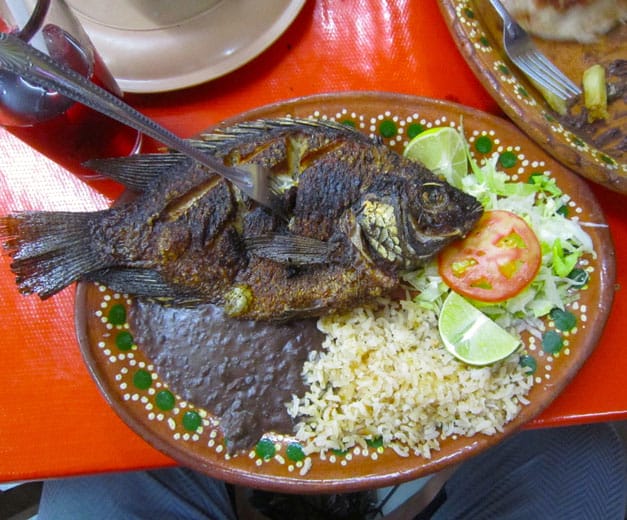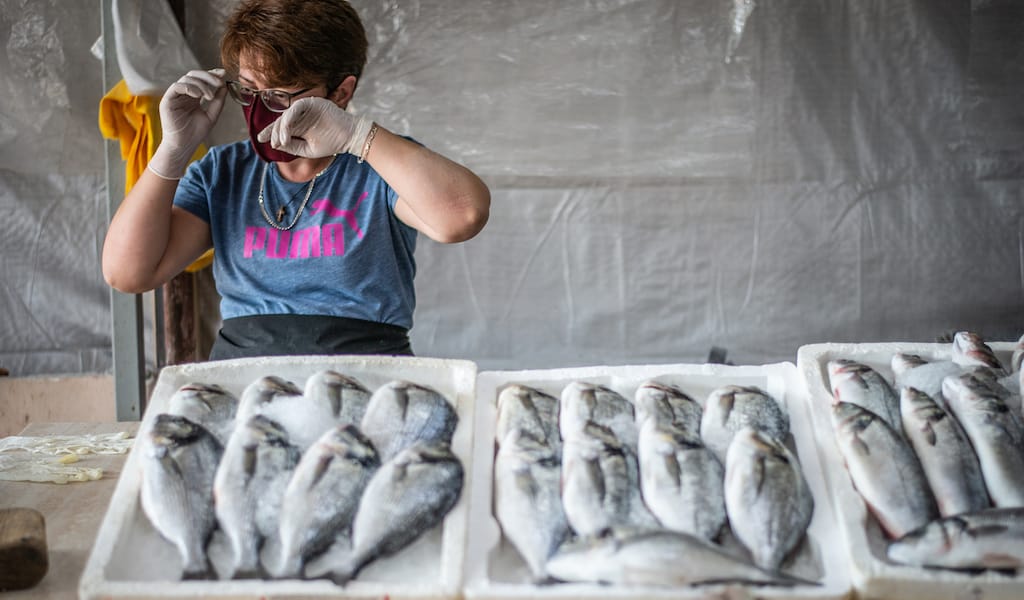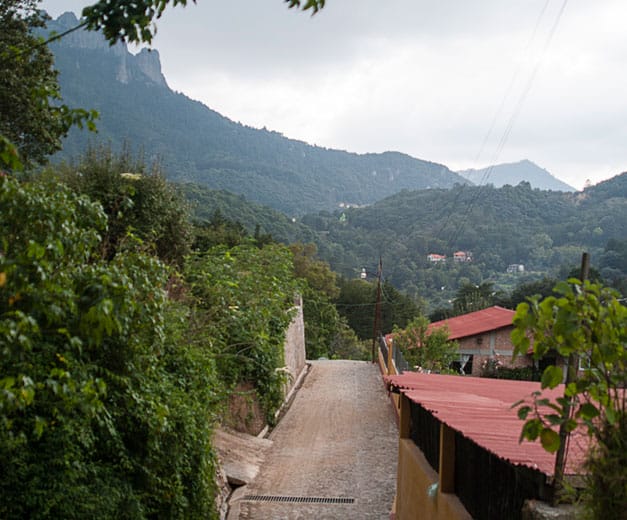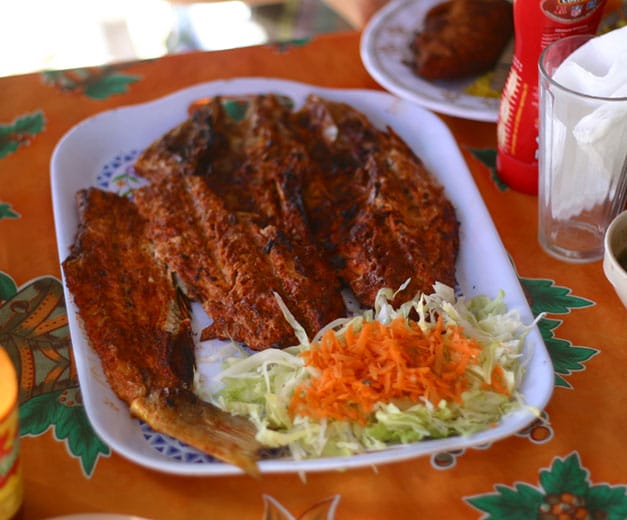Sitting on the boardwalk of Veracruz, about five or six hours east of Mexico City, we watch the blinking lights of shrimp and fish boats in the farthest distance, knowing our next dinner is on its way.
A day before, arriving from the bus, all we wanted was especially satisfying seafood, and the hunt brought us downtown, which, in the past, has always provided. Veracruz is a warm harbor, embracing all comers and proposing excellent food and endless dancing into the night on the city’s street corners. Or that’s how we remembered it.
It’s been more than five years since we’ve visited, and while much is the same, some things have changed here. Hungry, mad men shout in city plazas and are shushed by waiters fearing they will lose their few remaining customers. The war on drug trafficking networks, accelerated ferociously under former President Felipe Calderón’s regime, very effectively exploded the body count and human harm while affecting the drug trade itself in no way whatsoever, except for clearing the path for some cartels and taking out the leaders of others more inconvenient to particular politicians.
While the heart stays true, Veracruz has taken more than its share in this quixotic venture to rid the world of vice, and one really just wants to hug your neighbor thinking about it. The Port of Veracruz prides itself on having heroically defended Mexico four times in less than 200 years against its enemies. E.g., some 101 years ago, U.S. troops guided by pre-CIA functionaries muscled their way into this port town with bombs and weaponry, as the dead piled up in city streets – to the tune of Jack London’s reports to Collier’s, which skillfully built a moral defense for the invasion back home.
Now, the war on drugs has left the dead piled – again – in too many places and again without reason. It’s ugly and unfortunate. But this isn’t to say there isn’t a song in the chest. This isn’t to say a fish can’t be fried to make one’s day.
By bourgeois standards, Don Juan II is a dive. But sometimes context, or painting the picture, woos us. Gazing down at our mojarra frita, we notice how choice is a many-splendored thing and to happen upon a comfortable dining establishment is a reward on storied streets. Nothing ventured, nothing gained.
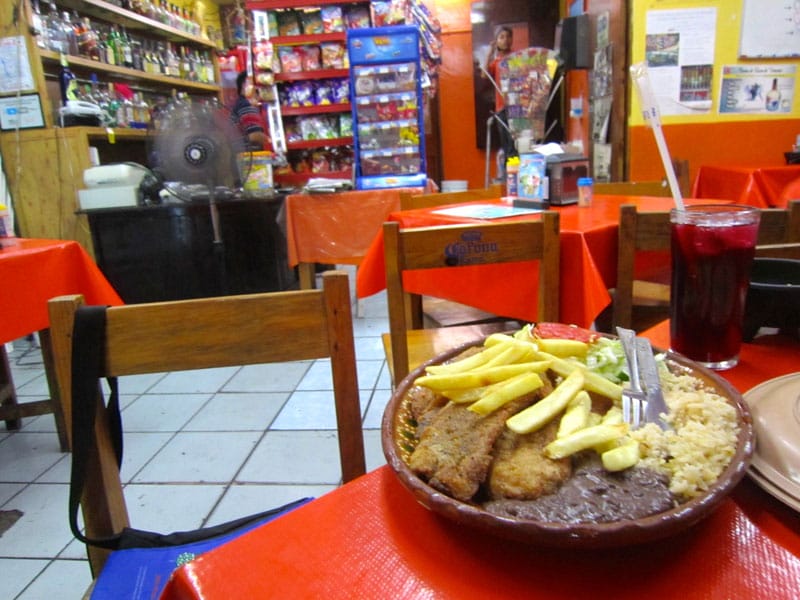
Only 65 pesos ($4.20), and there is delicious fish, homemade beans, rice and some greenery served with hibiscus-infused water. A friend pops the lid off of his frosty Coca-Cola in a glass bottle. Two industrial-sized plates at the center of the table hide handmade corn tortillas still hot to the touch, and the table is set with an especially dark-hued, almost crimson, chipotle salsa, ready.
Oh fried mojarra, so beautiful and truthy. We were never fans of fried chicken growing up, or steak, for that matter. But we’ll be damned if this isn’t just like blackened jerk chicken. Actually, scratch that, it reminds us of pulling over in Alabama and eating a fried fish with folks under trees and near a river. Is that butter coating or love? The fried mojarra is served with crisscross cuts, making it easy to pull the charred flesh off the bone.
Don Juan II is open 24 hours, and happy hour for all brandies, vodkas and rums is from 6 p.m. to 6 a.m. – meaning 40 pesos for two shots of Smirnoff all night. But that’s not important.
The setup is simple: three sets of comida corrida (blue-plate specials with soup, main course and water built into it) at 35, 50 and 65 pesos – but be prepared for something not being available. The place just has what it has.
Waiting for our meal on one of the three times we went there, we stepped out onto the street, where it wanted to rain. A dizzy man we thought was the owner pointed us the way to the apparently longest-serving waiter, who was eager to tell us what he knew about the place.
Don Juan, as far as he knows, has only been around nine years, starting in the building across the street, then moving a bit uptown before coming back to the more trafficked corner of Landero y Coss and Aquiles Serdan. The roof caved in on the first place across the street. It’s strange to think that anything is new with these buildings – most look like a museum. This is the town where Cortés set foot in Mexico, and it feels like it.
There’s a jukebox – rockola in Mexi – then the bottles of toritos – a popular style of alcoholic beverage, like a fermented milkshake with various flavors. Earlier in the day, there’s huevos rancheros, red and soupy, but it serves its purpose well. We recommend the staff at the midday shift, but you can’t beat the happy hour here. By late afternoon, the simple things like pasta soup are fresh-cooked. Working-class men pour in as night falls for their evening drink, carrying a heavy air and desperate living.
 August 30, 2021 CB on the Road
August 30, 2021 CB on the Road
In 2013, Anthony Bourdain and the Parts Unknown team arrived in Batumi, the capital of […] Posted in Tbilisi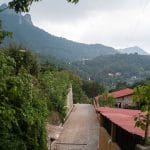 September 10, 2014 CB on the Road
September 10, 2014 CB on the Road
A few weeks ago we wanted to get out of bustling Mexico City, but we only had one day […] Posted in Mexico City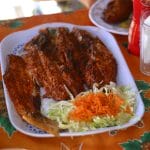 March 7, 2014 CB on the Road
March 7, 2014 CB on the Road
Acapulco, the famed resort town of the state of Guerrero, on the Pacific side of Mexico, […] Posted in Mexico City
Published on June 23, 2015
Related stories
August 30, 2021
TbilisiIn 2013, Anthony Bourdain and the Parts Unknown team arrived in Batumi, the capital of Adjara, to shoot the first segment of their Georgian adventure. The show’s producers invited Zamir Gotta, a Russian sidekick unfamiliar with the city, to join him. They visited a casino, strip club and mediocre restaurant for khashi, tripe soup, which…
September 10, 2014
Mexico CityA few weeks ago we wanted to get out of bustling Mexico City, but we only had one day free, so we decided to look for a place where we could see some sights, eat, enjoy ourselves and still be back before the day was over. We found not just one, but two gorgeous towns…
March 7, 2014
Mexico CityAcapulco, the famed resort town of the state of Guerrero, on the Pacific side of Mexico, has been the most popular getaway destination for chilangos (slang for Mexico City residents) for generations. The proximity of this beautiful bay to the capital – it’s just a four-hour drive or 45-minute flight – makes it easy for…
















